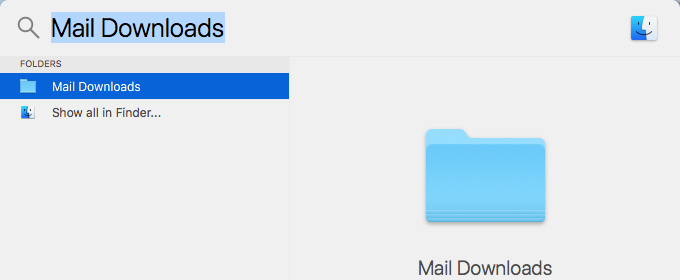

In the search box, type Disk Cleanup, and then, in the list of results, select Disk Cleanup. Open Disk Cleanup by clicking the Start button. One of the easiest ways to clean up files you no longer need is by using Disk Cleanup.

And you don't need to delete data volumes first: just select your disk in Disk Utility, then click Erase.Cleaning out your PC on a regular basis frees up drive space and helps it run better.

However, in that case it's not necessary to open Disk Utility from macOS Recovery: you can instead open it from the Utilities folder of your Applications folder. The steps above also work when erasing a storage device that you're not using as a startup disk. If you don't reinstall macOS, your Mac might start up to a flashing question mark (?).

Look for a ”Data” volume with the same name, such as ”Macintosh HD - Data.” If you have such a volume, select it.The volume representing your startup disk is Macintosh HD, unless you renamed it. Make sure that the sidebar in Disk Utility shows the name of your startup disk.Select Disk Utility from the Utilities window in macOS Recovery.By default it's the disk built into your Mac, named Macintosh HD. If you're selling, giving away, or trading in your Mac, you should erase your startup disk. Your startup disk is the disk (volume) that your Mac started up from. Proceed based on whether you're erasing your startup disk or some other disk. Before continuing, make sure that you have a backup of any files that you want to keep. Use Disk Utility to erase (format) a hard disk, SSD, flash drive, or other storage device.Įrasing a disk or volume permanently deletes all of its files.


 0 kommentar(er)
0 kommentar(er)
